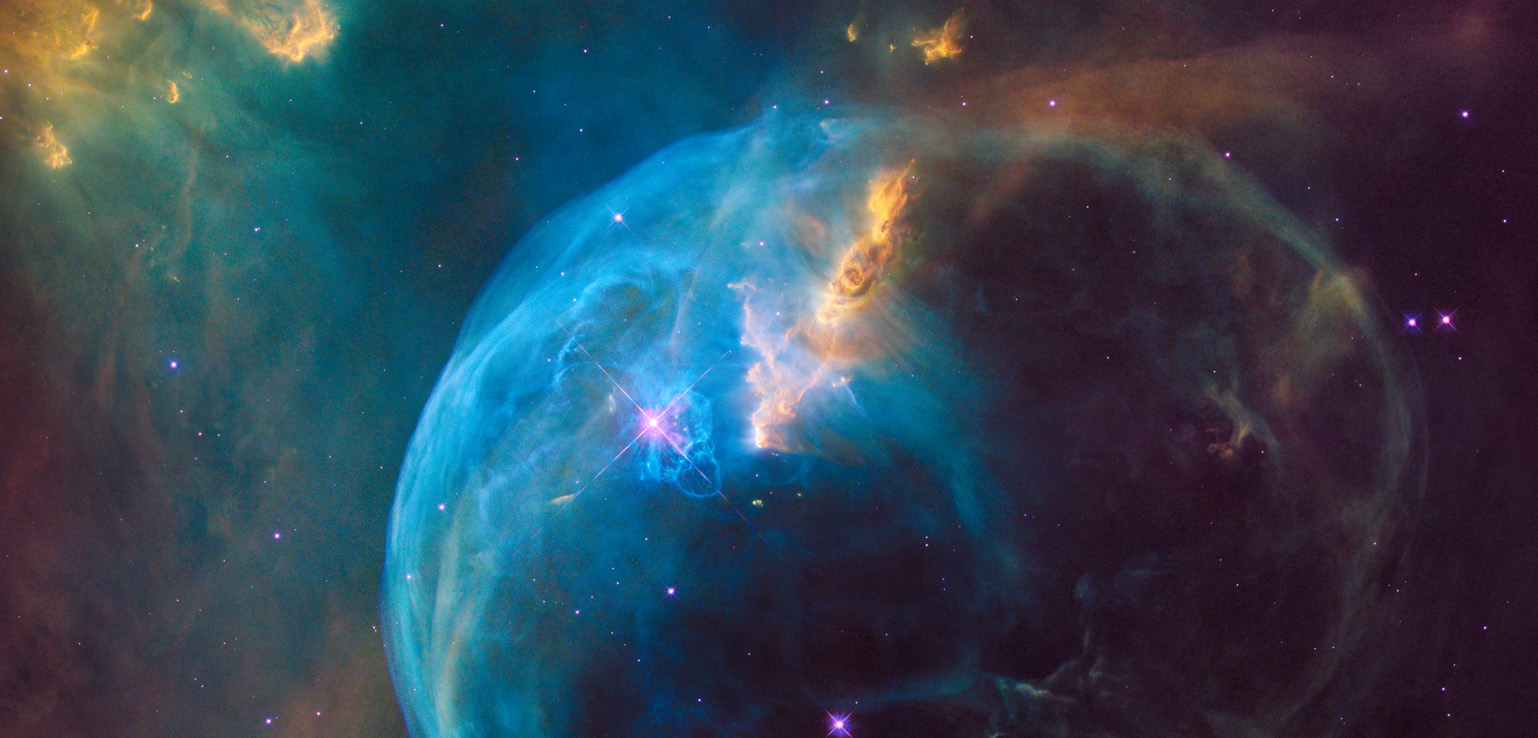“Primitive Asteroids In The Mid-Infrared: Comparing Young And Old Families”
Summary
Spectroscopic studies of primitive asteroid families provide constraints on the composition of the solar nebula and the evolution of the asteroid belt. Results from visible and near-infrared spectroscopy show that there are trends in primitive families of different ages, and these trends may be related to space weathering. We aim to better constrain the composition and physical properties of two primitive families with very different ages: Themis (~2.5 Gyr) and Veritas (~8 Myr). We analyzed the mid-infrared (5 – 14 micron) Spitzer Space Telescope spectra of 11 Themis asteroids and nine Veritas asteroids, for a total of 20 asteroids in our sample. Our chosen wavelength range is diagnostic of aqueous alteration and grain size, porosity, and mineralogy of regolith.
We report the presence of a broad 10-micron emission feature, attributed to a layer of fine-grained silicates, in the spectra of all 11 Themis asteroids and six of nine Veritas asteroids. Spectral contrast in significant detections of the 10-micron feature ranges from 1% ± 0.1% to 8.5% ± 0.9%. Comparison with the spectra of primitive meteorites (McAdam et al. 2015, Icarus, 245, 320) suggests asteroids in both families are similar to meteorites with lower abundances of phyllosilicates. We used the Near-Earth Asteroid Thermal Model to derive diameters, beaming parameters and albedos for our sample. Asteroids in both families have beaming parameters near unity and low-to-moderate albedos. 10-micron spectral contrast is correlated with beaming parameter and rotation period in the Themis family only, and may be related to near-infrared spectral slope for both families. Our results suggest there is diversity in grain size and/or other regolith properties within each family.
The presentation can be seen here.
View Presentation
